Did you know that applying essential oils on the feet is a common practice? It’s a form of self-care that people have discovered over the years. Yet most people focus on using essential oils in diffusers, on their faces, or in the bath, and often neglect their feet.
Your feet can feel amazing by absorbing the medicinal components of essential oils, so why not give it a chance? Here’s a guide to using essential oils on your feet.
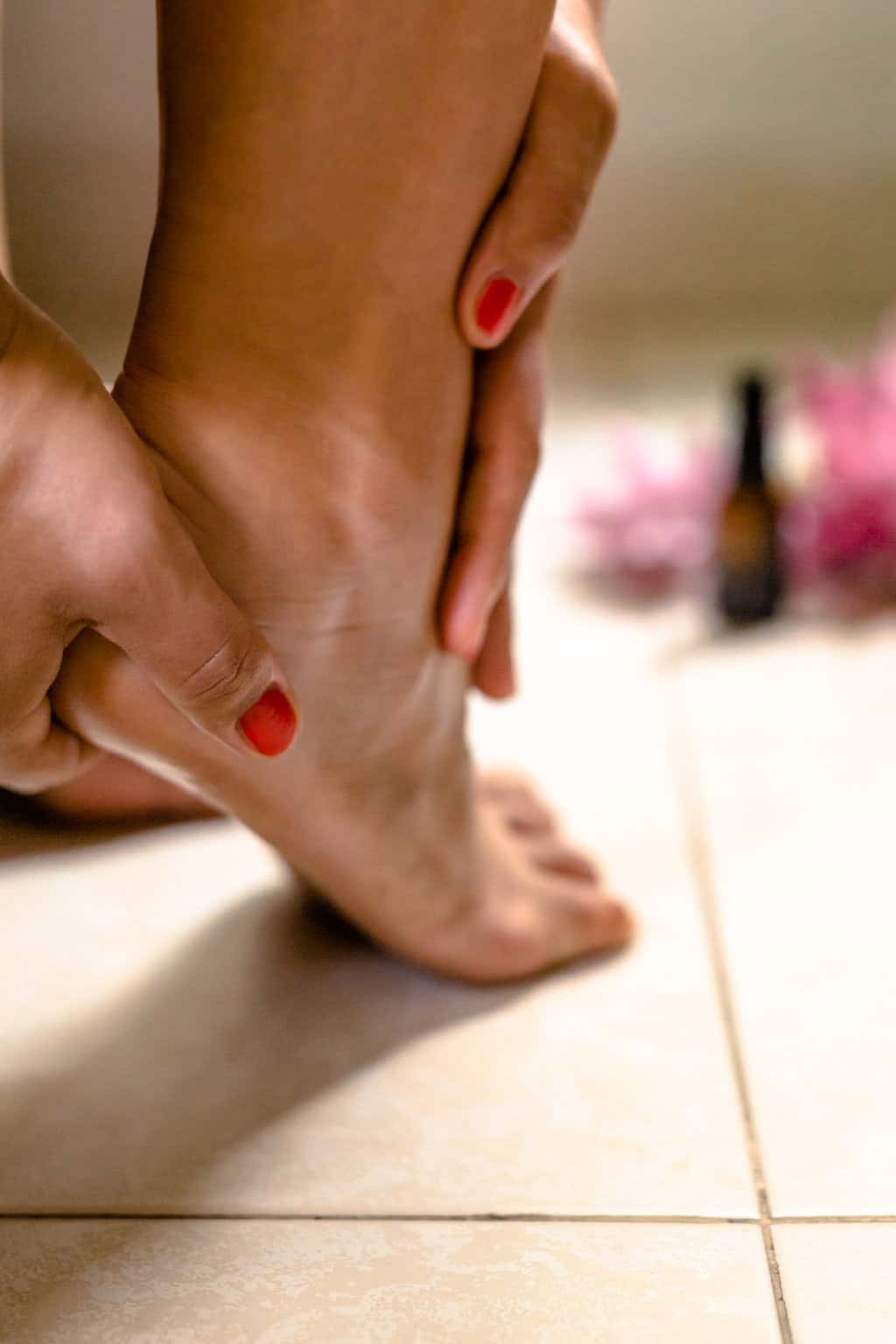
Why Apply Essential Oils on Your Feet?
Before getting into the oils themselves, let’s see what benefits they can bring to the table:
Using essential oils on the feet can stimulate nerve endings that are connected to other parts of your body. This may benefit these areas and also help relieve stress and tension while helping with foot problems.
You may be less likely to experience side effects from essential oils if you apply them on the feet. This is because the skin on your feet is thicker than that of other areas [source].
Best Essential Oils for Feet
If you want to find the best essential oils for your feet, here are some of the most popular options:
Lavender Essential Oil for Athlete’s foot
Lavender is among the best essential oils for athlete’s foot because of its antifungal properties. If you have achy and sore feet and joints, lavender essential oil can also be a relieving agent—thanks to its analgesic and anti-inflammatory properties [source]. It can also be useful for minor burns and insect bites. And an added plus: it smells wonderful!
Lemon Essential Oil for Fungal Infections
Lemon essential oil can do wonders for your feet. According to some studies, this essential oil can reduce anxiety [source].
But that is not all—it has antifungal [source] and anti-inflammatory properties, as do most of the other citrus oils [source]. This means that you can use it alone or in combination with medication for the treatment of athlete’s foot [source].
Rosemary Essential Oil for Improved Circulation
Besides having a very pleasant smell, rosemary essential oil also offers numerous amazing benefits for your feet. Massaging can improve your blood circulation and help your feet feel warm if you deal with cold toes.
As it has anti-inflammatory, calming, and anesthetic properties [source], it can be used to soothe your feet when they feel painful and tired.
Tea Tree Essential Oil for Toenail Fungus
Tea tree oil in certain formulations has been shown to be effective for treating fungal toenail infections [source]. It can be used to soothe insect bites as well.
Chamomile Essential Oil for Dry, Itchy Feet
Among its many beneficial effects, chamomile essential has moisturizing properties [source] and is known to be effective for dry, itchy skin [source].
Peppermint Essential Oil for Tired Feet
Peppermint essential oil is easy to find and has a wonderful scent. But aside from that, it can also have benefits for your feet. Peppermint oil can relax your feet after a long day. Animal studies suggest that its muscular anti-inflammatory effects may help with achy and swollen feet [source].
And thanks to the cooling menthol in peppermint, it can also soothe bug bites by providing some relief for itchiness [source]. It is also known to prevent and inhibit fungal infections [source].
Essential Oil Recipes for Your Feet
Now that we know what oils to use let’s take a look at some great recipes you can use for applying them to your feet:
1. Soften Rough Heels with an Olive Oil Mask
Ingredients
—½ cup olive oil
—25 drops peppermint essential oil
—2 plastic baggies (large enough to place a foot inside)
Instructions
Mix 25 drops of peppermint essential oil with the olive oil in a saucepan or microwave-safe bowl. Warm the mixture slightly, then massage it all over your feet, paying special attention to the rough areas.
Place your feet in baggies for about 15 minutes. Then remove the baggies and rub in the residual oil.
Why It Works
The hydrating properties of olive oil and peppermint essential oil can help soften rough heels. Olive oil, an anti-inflammatory, healing emollient [source], has been a known remedy for dry, cracked heels.
2. Repair Cracked Heels with Castor & Lavender Oils
Ingredients
Basin of warm water
—⅓ cup castor oil
—45 drops lavender essential oil
Instructions
Combine castor oil and lavender essential oil and stir. Add the mixture to a basin of warm water. Soak your feet in the mixture for about 10 minutes.
Why It Works
Lavender essential oil is an anti-inflammatory and antiseptic oil that goes a long way toward relieving cracked feet. Meanwhile, castor oil can help soothe and nourish the skin while providing a protective layer to promote healing.
3. Exfoliate with a Mint Scrub for Dry, Rough Heels
Ingredients
—1 tablespoon sea salt
—3 tablespoon jojoba oil
—30 drops peppermint essential oil
Instructions
Combine the ingredients in a bowl. Apply the foot scrub mixture to your feet and massage gently for 10 minutes. Wash it off when done.
Why It Works
Peppermint essential oil is helpful for soothing inflamed skin and preventing fungal infections, and jojoba oil moisturizes and hydrates dry and rough heels. Sea salt does a mild exfoliation, eliminating dead skin cells and allowing the emollients to penetrate and work their healing magic.
4. Repair Dry Feet with Oatmeal & Banana Foot Mask
Ingredients
—2 tablespoons ground oatmeal
—¼ cup mashed banana
—1 tablespoon water
—4 drops peppermint essential oil
Instructions
Mix the ingredients in a small bowl. Rub the mixture onto your feet. Cover your feet with plastic wrap. Relax for 10 minutes, then remove the plastic wrap and wash your feet.
You can use this mask twice a week.
Why It Works
Peppermint essential oil is soothing and prevents itching. Its properties will be enhanced by the oatmeal, which helps to repair the skin barrier [source], and the moisturizing and nourishing effects of banana.
5. Soften Calluses with Castor Oil & Chamomile
Ingredients
—3 drops castor oil
—1 drop chamomile essential oil
—Cotton ball
—Adhesive bandage
Instructions
Add the drops of castor oil and chamomile essential oil on a cotton ball. Apply the cotton ball to your callus and place the adhesive bandage over it. Wear socks during the night to keep the cotton ball in place.
Why It Works
Castor oil works as a natural skin lubricant that can do wonders when it comes to softening your calluses. In addition to moisturizing, chamomile will provide its soothing, anti-inflammatory properties.
How to Use Essential Oils on the Feet
Step 1 | Gather your supplies & choose your essential oils
Make sure all your supplies and oils are ready. You’ll need to pick your favorite essential oil (or the one that’s most appropriate for your problem) and a balm or carrier oil. Also, take some socks to use when you’re done applying the oil.
Step 2 | Clean & prepare your feet for the treatment
Next, you must ensure your feet are clean and ready for the treatment. Wash them using your favorite soap or body wash. Dry them well using a towel.
Step 3 | Combine the essential oil with a carrier oil or balm
Applying pure essential oil on your feet may not be the best decision (but this also depends on the type of oil you’ve chosen). Some oils, such as peppermint, should be diluted with a balm or carrier oil before application.
For the proportions, make sure you are diluting properly with a carrier oil. For example, you can combine 1 drop of essential oil with 5 drops of carrier oil. In terms of carrier oils, the most commonly used are jojoba oil and coconut oil.
Step 4 | Massage the chosen oils into your feet
Once you have your mixture ready, put a teaspoon of it on your hands, and rub them together to warm the oils.
Then, begin massaging your feet by going between your toes for about 5 seconds.
Next, go toward the bottom of your feet using small, circular motions. Afterward, you can move back from your heels to your toes.
Continue the massage for about 10 minutes. After that, put on some comfortable socks that you don’t mind getting a bit oily. This ensures that you do not stain your bed sheets or floor and that your skin absorbs the oils.
Essential Oils for Feet FAQs
What essential oils are helpful to put on the bottom of your feet for a cold?
If you are dealing with the flu or a cold, one of the best options is eucalyptus essential oil (mixed with carrier oil). It has antibacterial, antiviral, and disinfectant properties.
What essential oil is good for the hard skin on your heels?
A good option for dealing with hard skin on your feet is chamomile essential oil. It is a natural moisturizer, which means that it will soften your dry spots. Just make sure when you plan to apply any essential oil to the feet, dilute it as specified in the recipes above and do a spot test if it’s the first time using that oil on your skin.
As you can see, essential oils can help hydrate feet, relieve stress and muscle pain, and help to treat certain conditions such as toenail fungus and athlete’s foot. So, don’t hesitate to give them a try.
References:
1. Amirlak B. Skin anatomy. Medscape website.
2. Da Silva GJ, et al. Antioxidant, analgesic and anti-inflammatory effects of lavender essential oil. An Acad Bras Ciênc. 2015.
3. Özer Z, et al. Effectiveness of lemon essential oil in reducing test anxiety in nursing students. Explore (NY). 2022.
4. Orchard A, et al. Commercial essential oils as potential antimicrobials to treat skin diseases. Evid Based Complement Alternat Med. 2017.
5. Amorim JL, et al. Anti-inflammatory properties and chemical characterization of the essential oils of four Citrus species. PLoS One. 2016.
6. Rahbardar MG, et al. Therapeutic effects of rosemary (Rosmarinus officinalis L.) and its active constituents on nervous system disorders. Iran J Basic Med Sci. 2020.
7. Flores FC, et al. Antifungal activity of nanocapsule suspensions containing tea tree oil on the growth of Trichophyton rubrum. Mycopathologia. 2013.
8. Buzman E, et al. Essential oils and their individual components in cosmetic products. Cosmetics. 2021.
9. Varothai S, et al. Moisturizers for patients with atopic dermatitis. Asian Pac J Allergy Immunol. 2013.
10. Fang Y, et al. Inhibition of muscular nociceptive afferents via the activation of cutaneous nociceptors in a rat model of inflammatory muscle pain. Neurosci Bull. 2020.
11. Elsaie LT, et al. Effectiveness of topical peppermint oil on symptomatic treatment of chronic pruritus. Clin Cosmet Investig Dermatol. 2016.
12. Zhao H, et al. Peppermint essential oil: its phytochemistry, biological activity, pharmacological effect and application. Biomed Pharmacother. 2022.
13. Lin TK, et al. Anti-inflammatory and skin barrier repair effects of topical application of some plant oils. Int J Mol Sci. 2018.
14. Ilnytska O, et al. Colloidal oatmeal (Avena sativa) improves skin barrier through multi-therapy activity. J Drugs Dermatol. 2016.
39

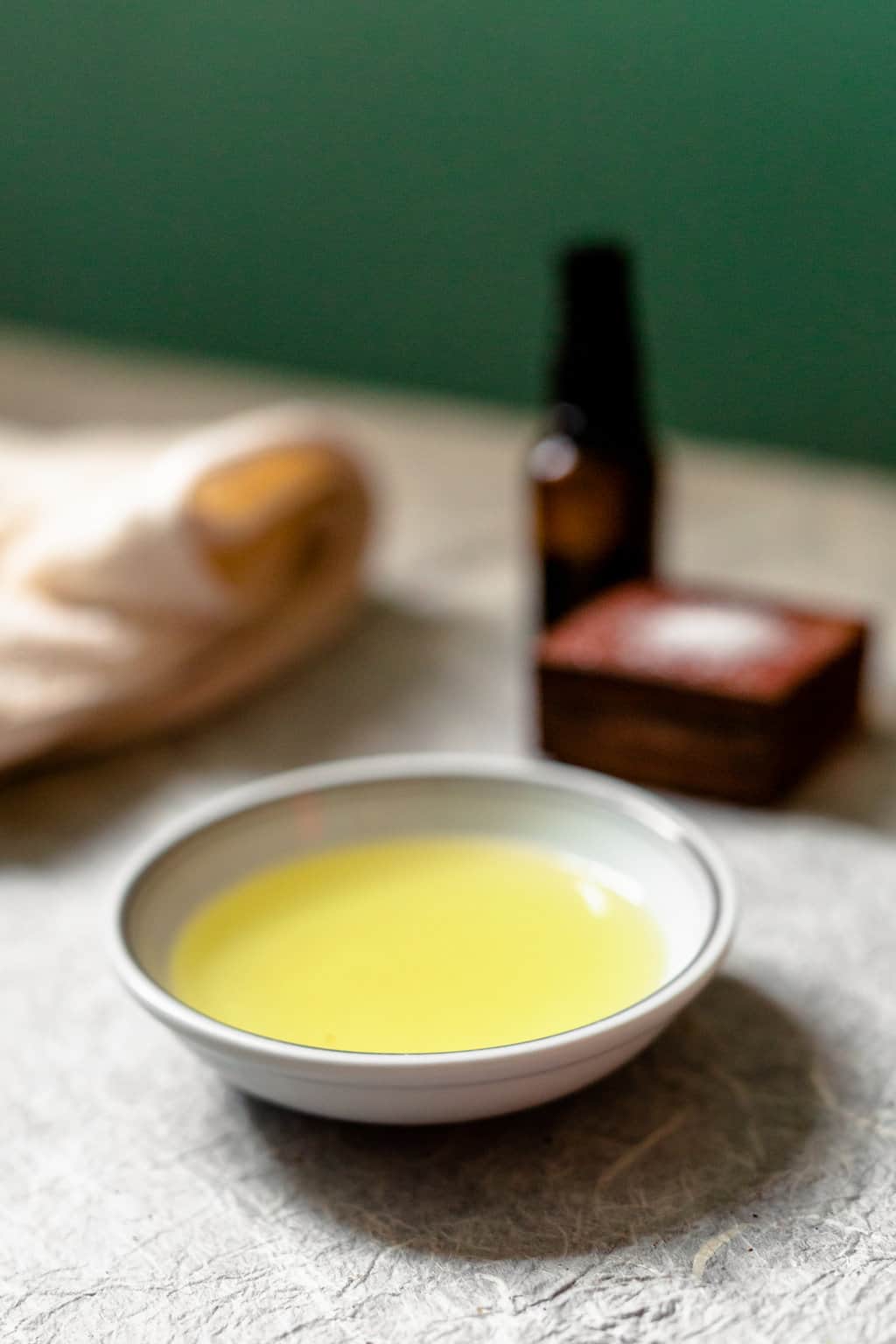
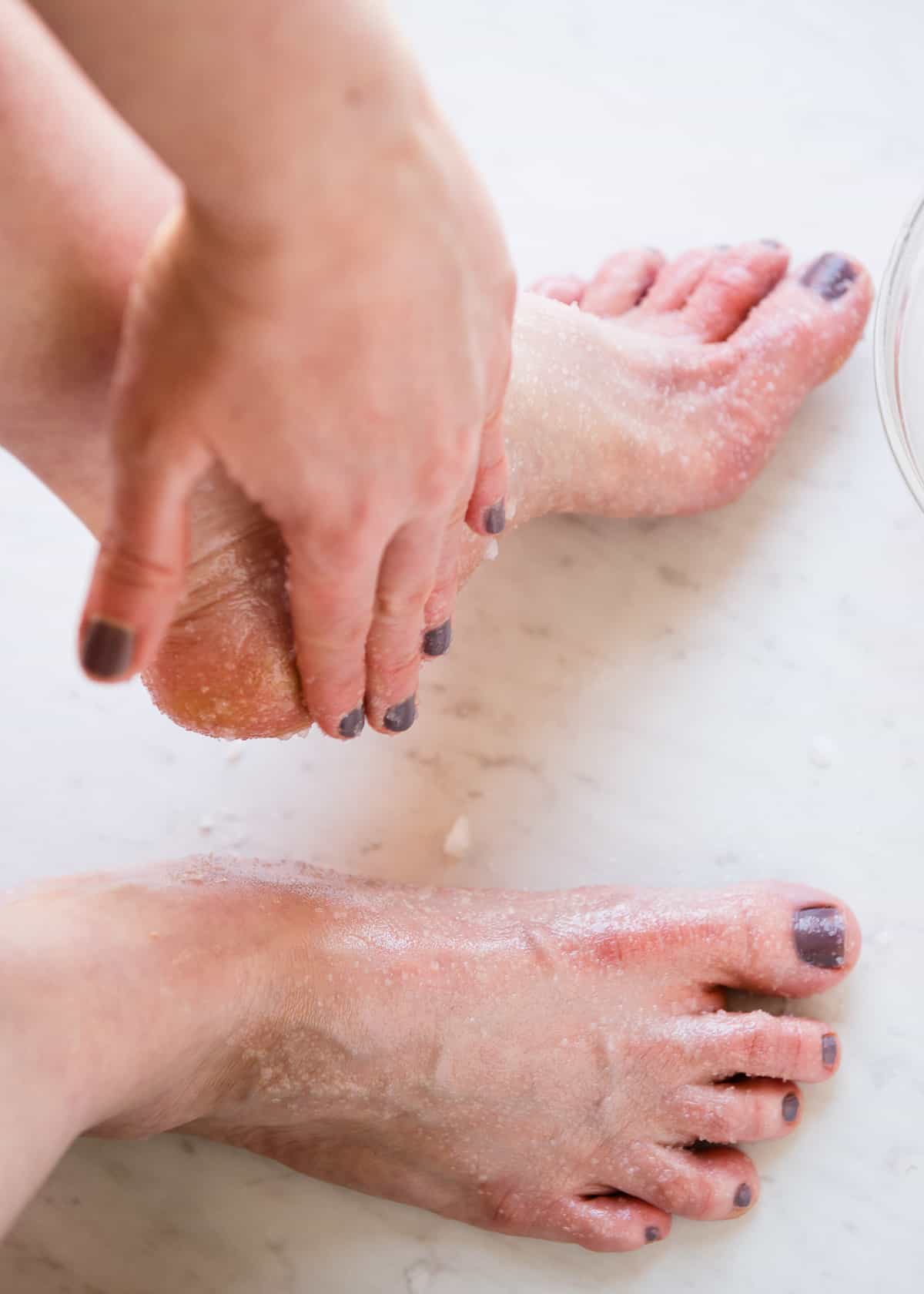
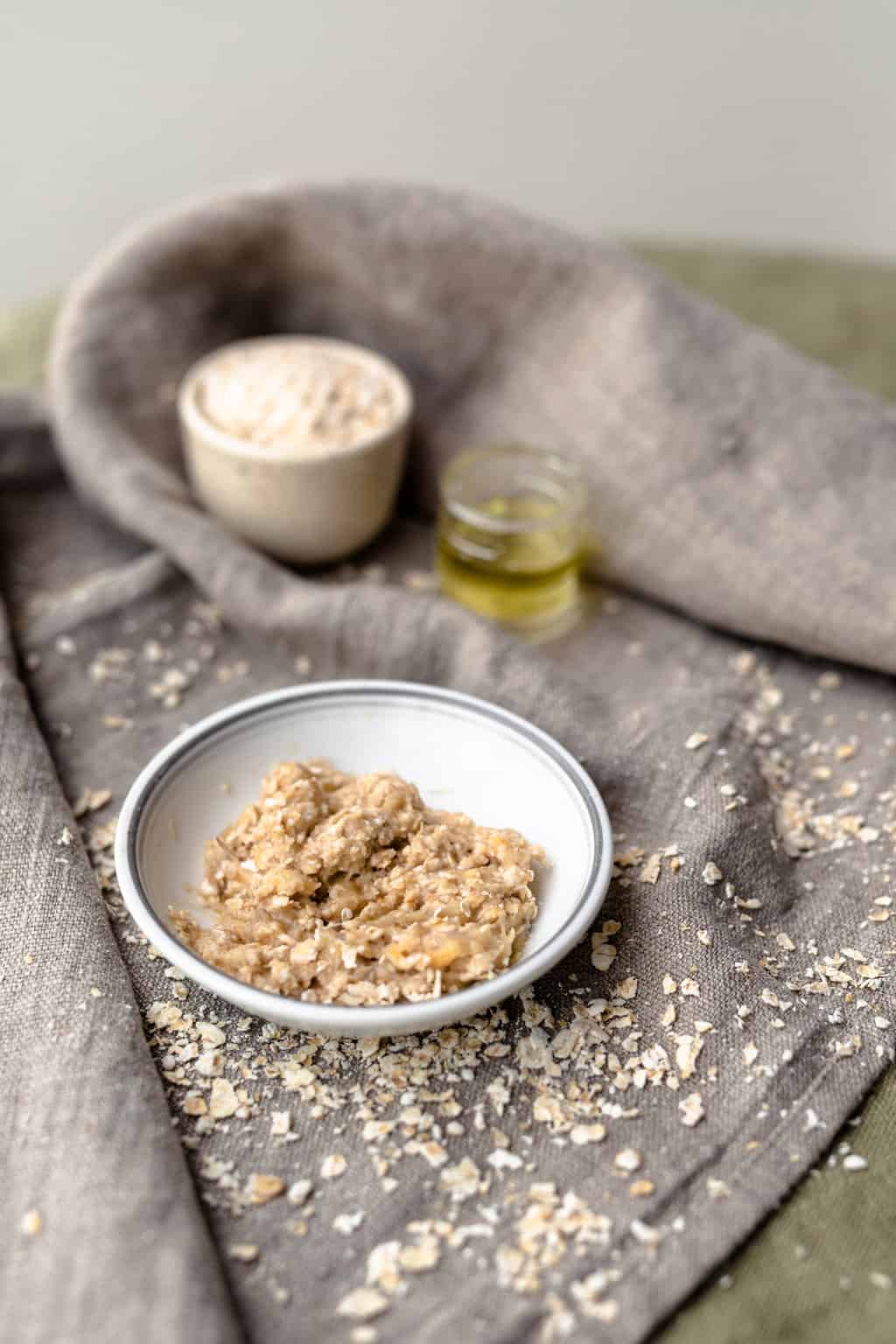


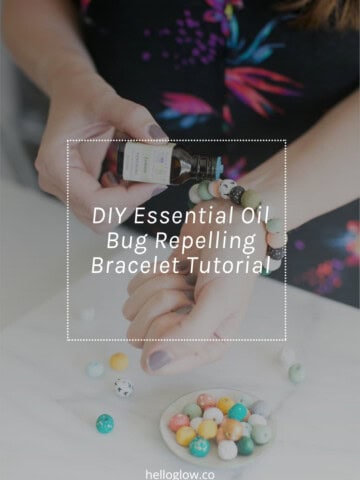
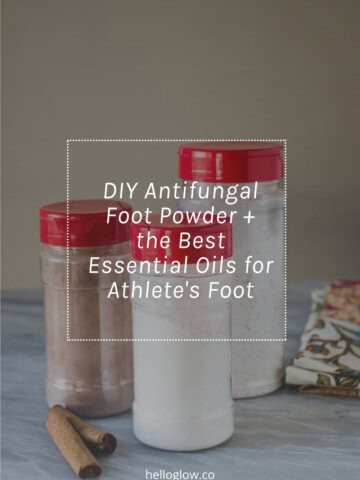
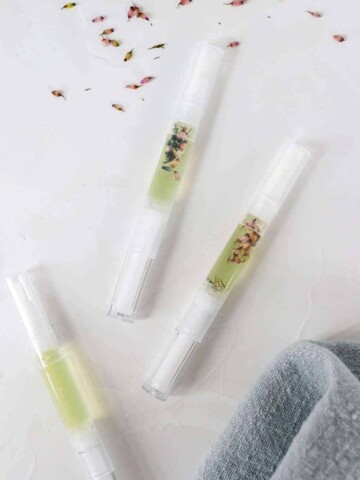
Leave a Comment